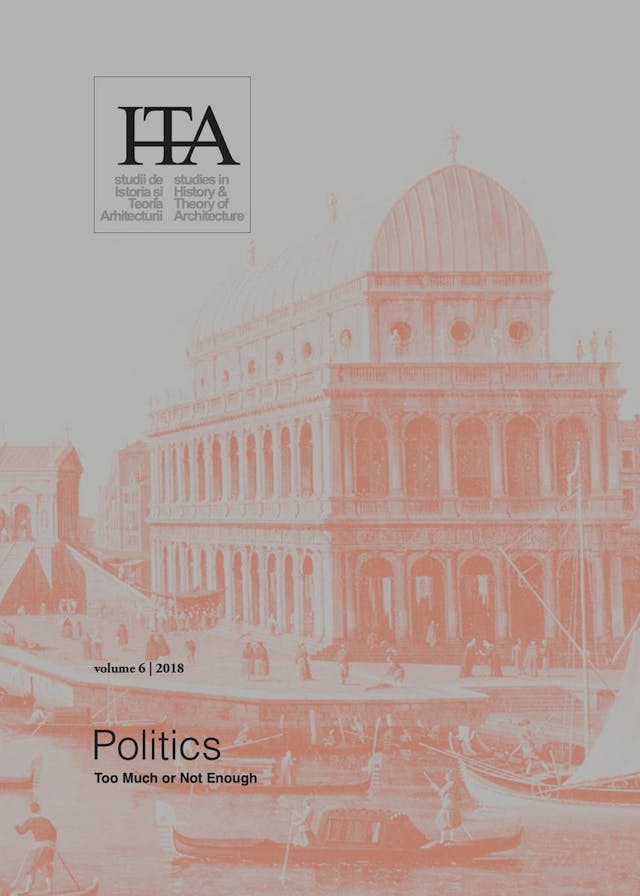Reverse-engineering Political Architecture. The House of the People and Its Hidden Social Effects
by
Celia Ghyka
&
Călin Dan
Keywords
political architecture
Foucault
governmentality
collective authorship
oral history
Romanian Communism
The House of the People and the construction of the Bucharest Civic Center are an excellent demonstration of the degree of political involvement in the construction of cities and, more generally, in the regulation of bare life during the last years of communism in Romania. At the same time, by unfolding the complicated layers of the political and looking closer at the complex intertwining of agencies that contributed at this colossal endeavor, a different perspective comes into sight: the micro-scale accumulation of individual narratives, intersections of oral histories stand for a more nuanced, shattered reflection of a multifaceted social reality.
The article is based on the preliminary conclusions of an ongoing research and artistic project entitled “Collective Authorship” that uses the methods of oral history in order to reconstruct a possible social history of political architecture. The reading of the House of the People through the lens offered by Foucault’s theories of governmentality offers a novel understanding about how, in the context of a closed, authoritarian regime, technologies of power proved to work discontinuously, allowing for unexpected accumulations of individual territories of action and reflection.
Published in

Chicago citation style
DOI:
10.54508/sITA.6.09
1 / 2013
Around a Fortunate Series of Publications and Events3 / 2015
Urbanity and Civil Society. The Rise of a New Urban Generation in Bucharest during the 2000s5 / 2017
Re-opening the Museum of Contemporary Art in Belgrade. Notes on Non-alignment and the Canonical6 / 2018
Reverse-engineering Political Architecture. The House of the People and Its Hidden Social Effects7 / 2019
A conversation with Stanislaus von Moos on the rooftop terrace of the Getty Research Institute8 / 2020
Beatriz Colomina. X-RAY Architecture10 / 2022
Fleeting Moments, Floating Monuments. Ritual Machines of Performativity: Reading Ptolemy Philadelphus and Aldo Rossi11 / 2023
Of Specters and Phantasms: an Introduction11 / 2023
Ruins That Speak: Ageing Bodies, Collapsing Cities. An interview with Salvatore Settis